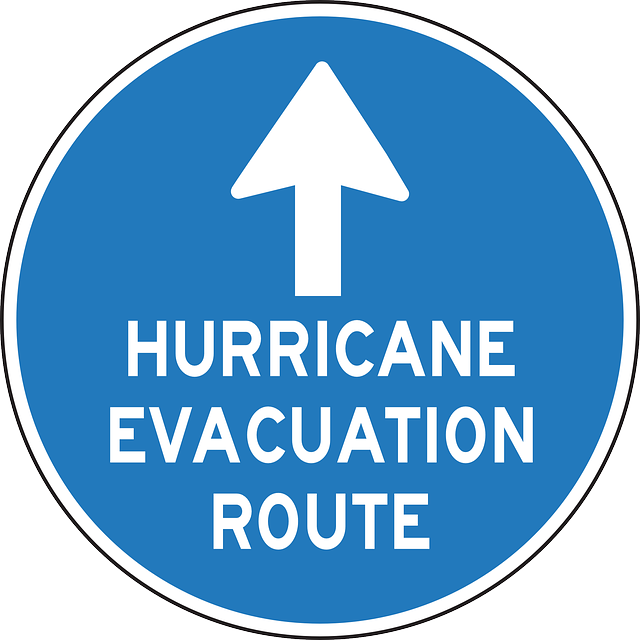


Why Reporters Go Into the Storm
By Tom Jones for Poynter
Something I found interesting as I watched the local TV coverage of Hurricane Idalia from my living room in St. Petersburg, Florida, on Tuesday: There was a live report from a journalist for the local ABC affiliate standing on a beach near St. Pete. Despite a mandatory evacuation in that area — because of the warnings of storm surge — several people were seen walking in the sand.
Surely some viewers might have been wondering: If it’s dangerous for residents and tourists to be on the beach, why are reporters on the beach?
Perhaps anticipating what viewers might have been thinking, ABC Action News meteorologist Shay Ryan made a smart and timely point on the air. She said, “One of the things to keep in mind is that we have our reporters stationed strategically, and we put a lot of thought and care into where they are positioned and how they are positioned and (we) time out accordingly to how the conditions are going to change. So that is part of what we’re doing and why we ask you to (evacuate and seek shelter); so we can show you the pictures as safely as possible. It’s not always safe, even with all the precautions we take. So, again, we are going show you lots of live pictures and as we continue through this storm, it is best to stay indoors, to hunker down, hang out with the family and we’ll all get through this.”
This narrative comes up every time there is a major weather event, especially hurricanes. You see people like The Weather Channel’s Jim Cantore or one of your local reporters standing in thigh-deep water or shouldering against sideways rain, while trees bend and stop signs rattle behind them.
Two years ago today, I wrote about this very topic in the aftermath of Hurricane Ida, a Category 4 hurricane that slammed into Louisiana. At the time, I asked my longtime Poynter colleague Al Tompkins about such reporting. Tompkins is razor sharp when it comes to broadcast journalism. He has been a reporter, photojournalist, news producer and news director, and taught multimedia storytelling for Poynter.
He told me at the time that he never condoned reporters standing in the middle of dangerous waves. But, there was a benefit to being in the storm.
“There is some value to the viewer to be able to see the intensity of a storm,” Tompkins told me after Hurricane Ida in 2021. “It can serve as a proxy for viewers who might have evacuated and want an eyewitness account of what they left behind. If you were locked in a shelter, you would be anxious to know what was happening outside.”
For more, click here.